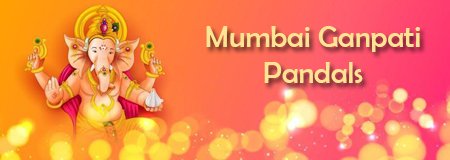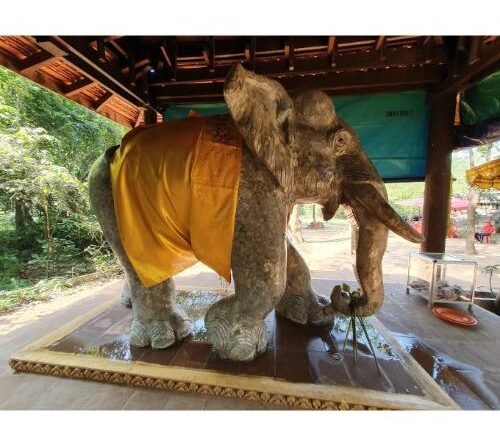Koh Ker/Koh Ker Pyramid Temple
Koh Ker is a remote archaeological site in northern Cambodia about 120 kilometres (75 mi) away from Siem Reap and the ancient site of Angkor. It is a jungle filled region that is sparsely populated. More than 180 sanctuaries were found in a protected area of 81 square kilometres (31 sq mi). Only about two dozen monuments can be visited by tourists because most of the sanctuaries are hidden in the forest and the whole area is not fully demined.
Koh Ker is the modern name for an important city of the Khmer empire. In inscriptions the town is mentioned as Lingapura (city of lingams) or Chok Gargyar: 70 (translated as city of glance,or as iron tree forest).
Under the reign of the kings Jayavarman IV and Harshavarman II Koh Ker was briefly the capital of the whole empire (928–944 AD). Jayavarman IV enforced an ambitious building program. An enormous water-tank and about forty temples were constructed under his rule. The most significant temple‑complex, a double sanctuary (Prasat Thom/Prang), follows a linear plan and not a concentric one like most of the temples of the Khmer kings. Unparalleled is the 36-metre (118 ft)-high seven‑tiered pyramid, which most probably served as state temple: of Jayavarman IV. Also impressive are the shrines with the two‑meter 6 ft 7 in high lingas.
Under Jayavarman IV, the style of Koh Ker was developed and the art of sculpture reached a pinnacle. A great variety of statues were chiseled. Because of its remoteness, the site of Koh Ker was plundered many times by looters. Sculptures of Koh Ker can be found not only in different museums, but also in private collections. Masterpieces of Koh Ker are offered occasionally at auctions. These pieces, in present times, are considered stolen art.
The site is about two and half hours away from Siem Reap, and guests can stay in the nearby village of Seyiong, 10 km from the temples where there are a number of guests houses. Travellers can also stay in Koh Ker Jungle Lodge Homestay, a sustainable tourism project built in the village of Koh Ker in 2009. The Koh Ker community in May 2019 open a basic wooden community rest house in the village.
The site of Koh Ker was inscribed on the UNESCO World Heritage List on 17 September 2023 during the 45th session of the World Heritage Committee in Riyadh, Saudi Arabia.
Koh Ker is situated between the southern slopes of the Dangrek mountains, the Kulen mountains (Phnom Kulen) in the south-west, and the Tbeng mountain (Phnom Tbeng, near Tbeng Meanchey) in the east. Most parts of the hilly ground are covered by jungle, but most of the trees shed their leaves seasonally. The city of Koh Ker was on the most important strategic route of the Khmer empire. Coming from Angkor and Beng Mealea to Koh Ker this road led to Prasat Preah Vihear and from there to Phimai in Thailand and Wat Phu in Laos . 13–14 The region of Koh Ker is relatively dry. Numerous water-tanks and canals were built during the 9th and the 10th century to ensure the water supply. These days water is pumped up from a depth of 30 to 40 metres (98 to 131 ft).
History
Jayavarman IV
Jayavarman IV ruled from 928 to 941 at Koh Ker. He was believed to have been the local king at this remote site, possibly his homeland, before he became king of the whole empire. That could explain why he had his residence at Koh Ker and not at Roluos (Hariharalaya) or at Yashodharapura (Angkor) like the kings before him. Some historians think that Jayavarman IV was a usurper; but, the majority of them believe that he was a legitimate ruler who could ascend to the throne because he married a half-sister of king Yasovarman I (889 – 900). What is certain is that the two sons of Yasovarman I (Harshavarman I, who ruled from 900 to 922 and Isanavarman II, who ruled from 922 to 925?) had no children. In the short time that Jayavarman IV reigned in Koh Ker, an ambitious building program was realised. That was only possible because of a restrictive system of raising taxes as seen on inscriptions found at the site. About 40 temples, the unique seven-tiered pyramid and a huge baray (water-reservoir) were built. Under Jayavarman IV, the Koh Ker-style was developed and the art of sculpture reached a pinnacle.
Harshavarman II
After the death of Jayavarman IV, the designated prince did not take his place. Harshavarman II (another son of Jayavarman IV) claimed the throne. Like his father, he ruled at Koh Ker (941 – 944) but after three years he died; likely not due to natural causes. None of the temples at Koh Ker can be ascribed to him. His follower on the throne, a cousin of his, returned Roluos (Hariharalaya) to the seat of power.
Koh Ker after 944 AD
Even after 944, as the capital of the Khmer Empire had changed back to the plains north of the Tonle Sap-lake, more temples were built at the site of Koh Ker. An inscription mentions the reign of Udayadityavarman I in 1001.[4]: 134 At the beginning of the 13th century the last sanctuary was realised there. Under Jayavarman VII, the Prasat Andong Kuk, a so-called hospital-chapel, was built, one of more than 100 of hospital-sanctuaries built under this ruler.
Served as the capital of the Khmer empire from 928 to 944, and was built under King Jayavarman IV under whose reign colossal sculptures and lingas were constructed, leading to charges of megalomania.
















